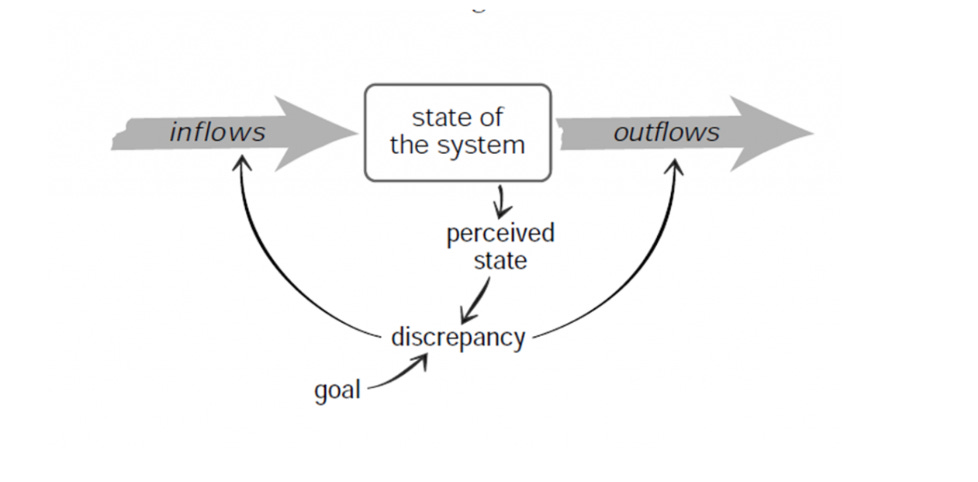🔮 The exponential thinker’s reading list: 10 timeless essays
Ideas on growth, complexity, and change that remain urgent today
Hi all,
One of the enduring pleasures of writing Exponential View is returning to the thinkers who first taught me how to see the world. Their essays, written between the 1940s and the 2000s, still frame how I make sense of technology, systems and society.
Today, I’m going to share ten of these essays with you. I’ve grouped them into three clusters:
Essays that sharpen our intuition around exponential trends,
Essays that help us think in systems,
Essays that train us to recognize patterns across history.
With each one, I’ve added a brief note on why it matters to me – and why I think it matters to our community.
Enjoy!
Exponential intuition
1. Albert A. Bartlett – Arithmetic, Population, and Energy
The greatest shortcoming of the human race is our inability to understand the exponential function.
Why it’s relevant: I include Bartlett because his deceptively simple framing on exponential growth still cuts through today to remind us why so many forecasts and intuitions fall short.1
2. Ray Kurzweil – The Law of Accelerating Returns, 2001
[B]ecause we’re doubling the rate of progress every decade, we’ll see a century of progress–at today’s rate–in only 25 calendar years.
When people think of a future period, they intuitively assume that the current rate of progress will continue for future periods. However, careful consideration of the pace of technology shows that the rate of progress is not constant, but it is human nature to adapt to the changing pace, so the intuitive view is that the pace will continue at the current rate. […] From the mathematician’s perspective, a primary reason for this is that an exponential curve approximates a straight line when viewed for a brief duration. So even though the rate of progress in the very recent past (e.g., this past year) is far greater than it was ten years ago (let alone a hundred or a thousand years ago), our memories are nonetheless dominated by our very recent experience.
Why it’s relevant: I learnt a lot from Kurzweil and this particular essay captures both the promise and cognitive trap of exponential acceleration in a way that forces us to recalibrate how we think about the future.
3. W. Brian Arthur – Increasing Returns and the New World of Business, 1996
If knowledge-based companies are competing in winner-take-most markets, then managing becomes redefined as a series of quests for the next technological winner—the next cash cow. The goal becomes the search for the Next Big Thing. In this milieu, management becomes not production oriented but mission oriented. Hierarchies flatten not because democracy is suddenly bestowed on the workforce or because computers can cut out much of middle management. They flatten because, to be effective, the deliverers of the next-thing-for-the-company need to be organized like commando units in small teams that report directly to the CEO or to the board. Such people need free rein. The company’s future survival depends upon them.
Why it’s relevant: I know Brian personally and his work has long been one of my go-to sources to understand the underlying dynamics of business and technology. I discussed some of this work with him on the podcast in 2019.
Systems & complexity
4. Donella Meadows – Leverage Points: Places to Intervene in a System, 1997
PLACES TO INTERVENE IN A SYSTEM
(in increasing order of effectiveness)
12. Constants, parameters, numbers (such as subsidies, taxes, standards).
11. The sizes of buffers and other stabilizing stocks, relative to their flows.
10. The structure of material stocks and flows (such as transport networks, population age structures).
9. The lengths of delays, relative to the rate of system change.
8. The strength of negative feedback loops, relative to the impacts they are trying to correct against.
7. The gain around driving positive feedback loops.
6. The structure of information flows (who does and does not have access to information).
5. The rules of the system (such as incentives, punishments, constraints).
4. The power to add, change, evolve, or self-organize system structure.
3. The goals of the system.
2. The mindset or paradigm out of which the system — its goals, structure, rules, delays, parameters — arises.
1. The power to transcend paradigms.
Why it’s relevant: Donella Meadows’ hierarchy of leverage points still remains the clearest guide for change-makers who are navigating complexity.


